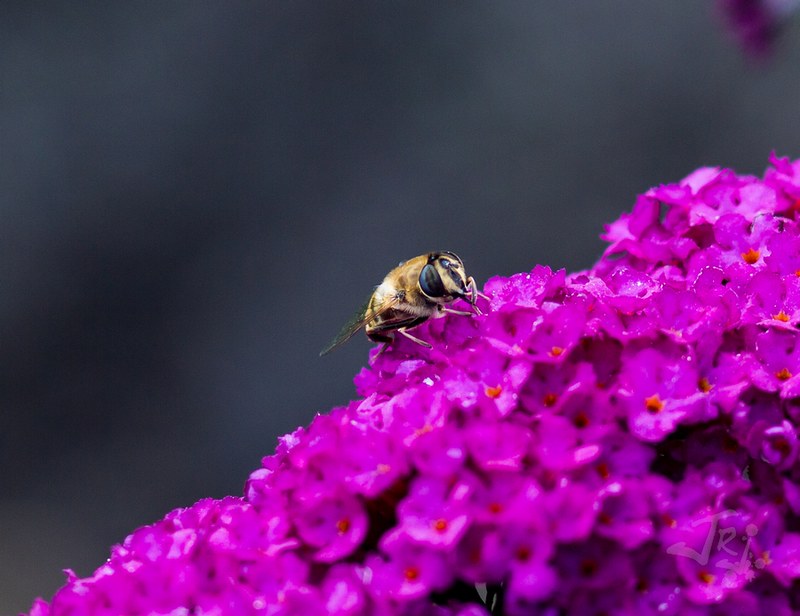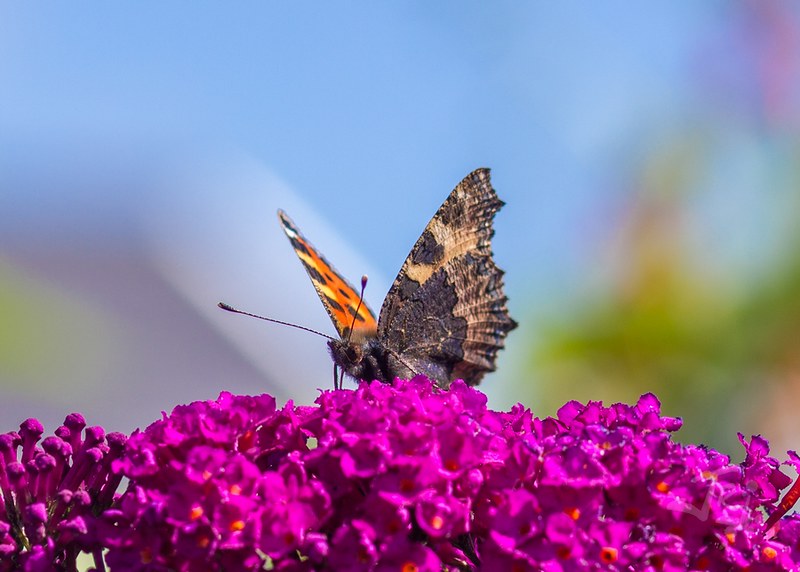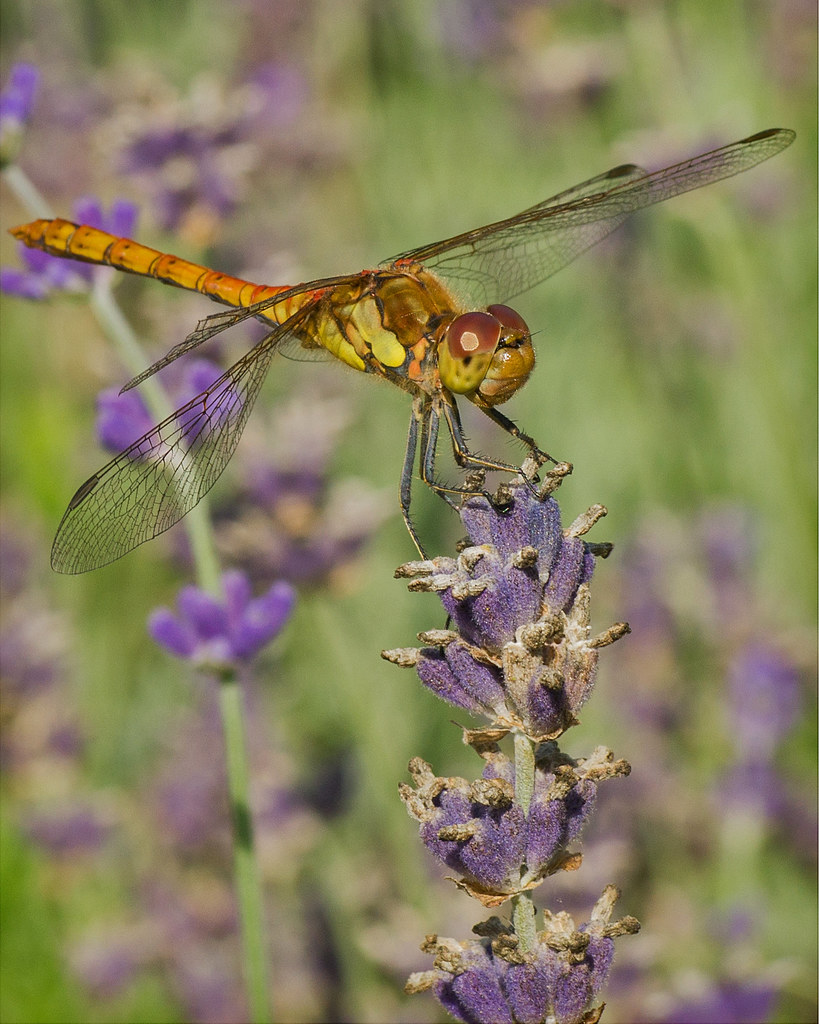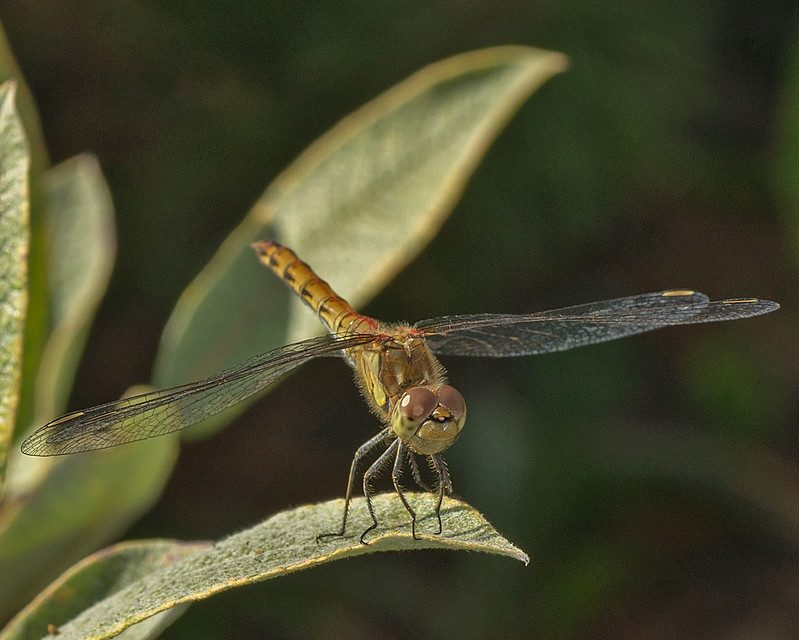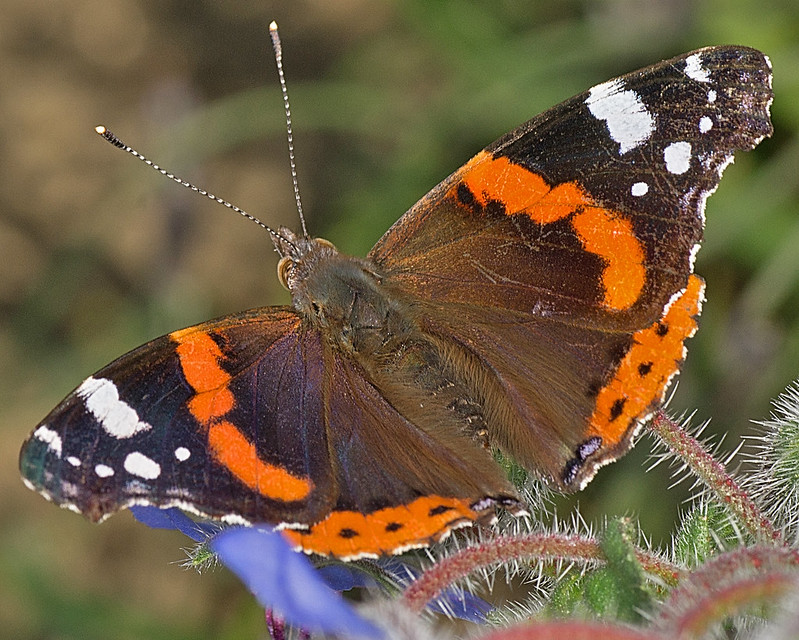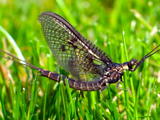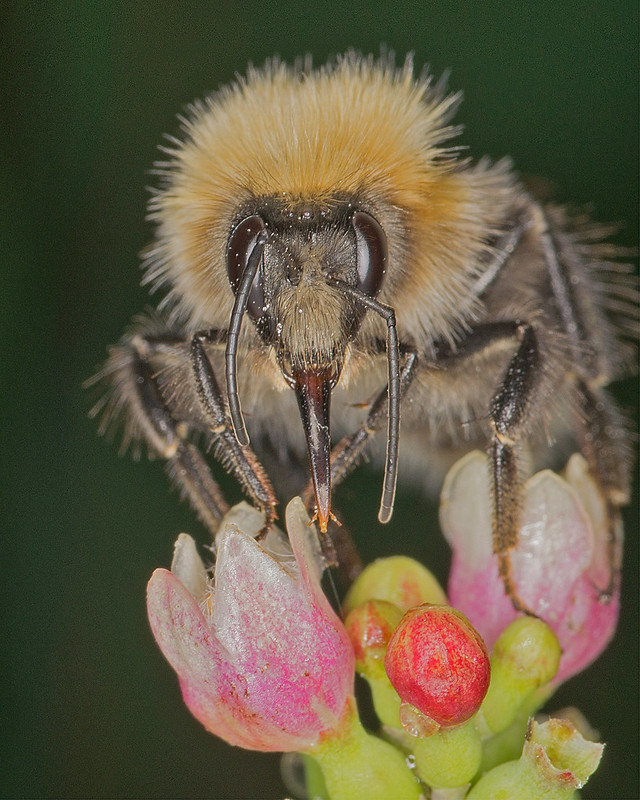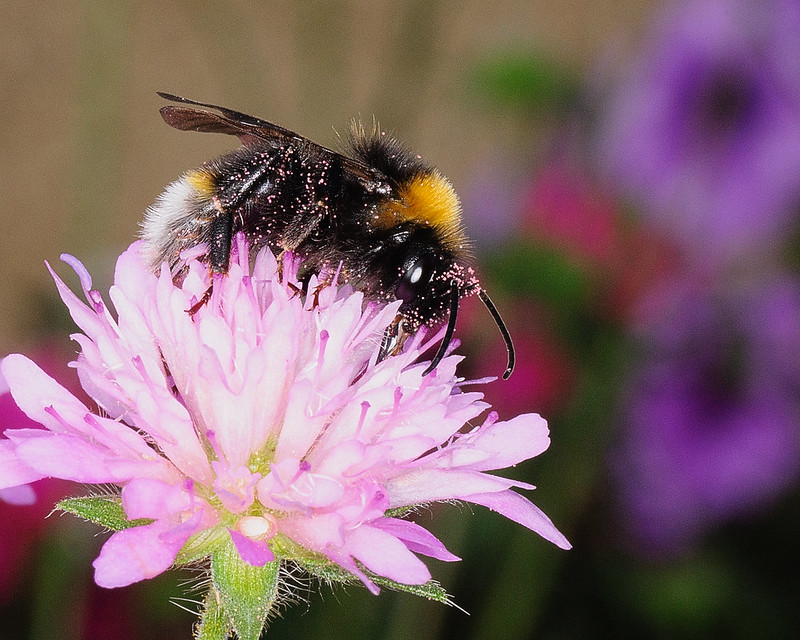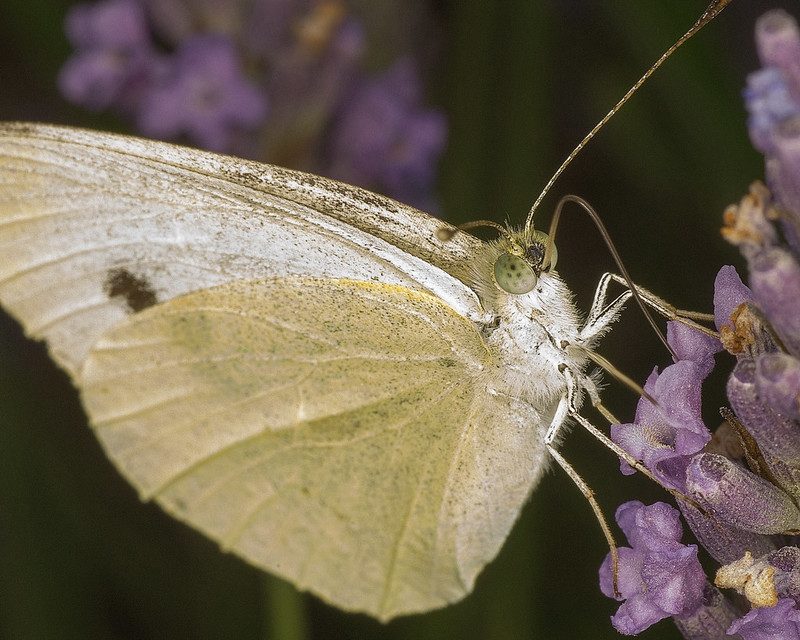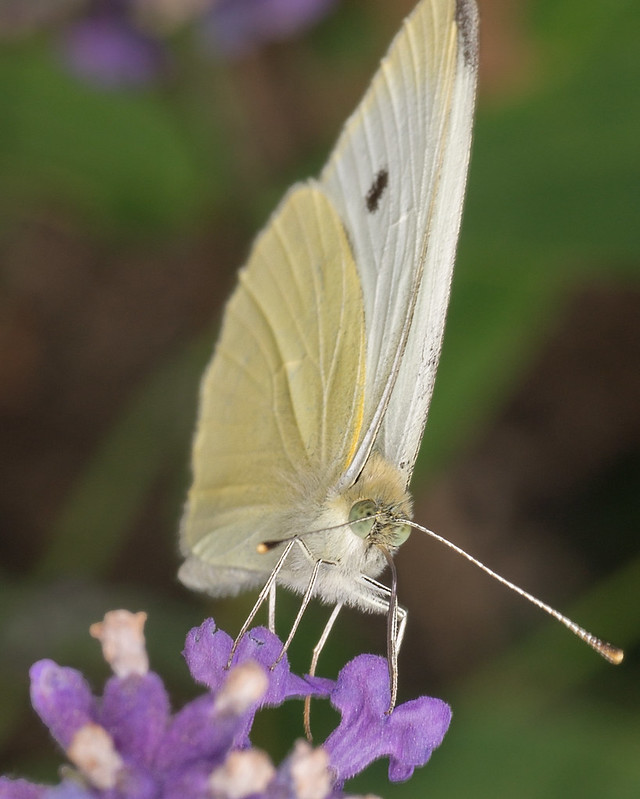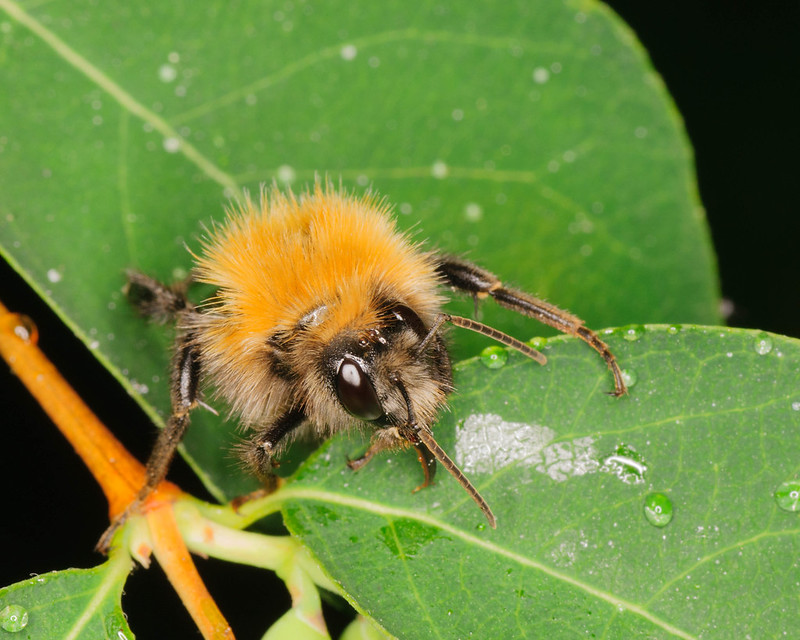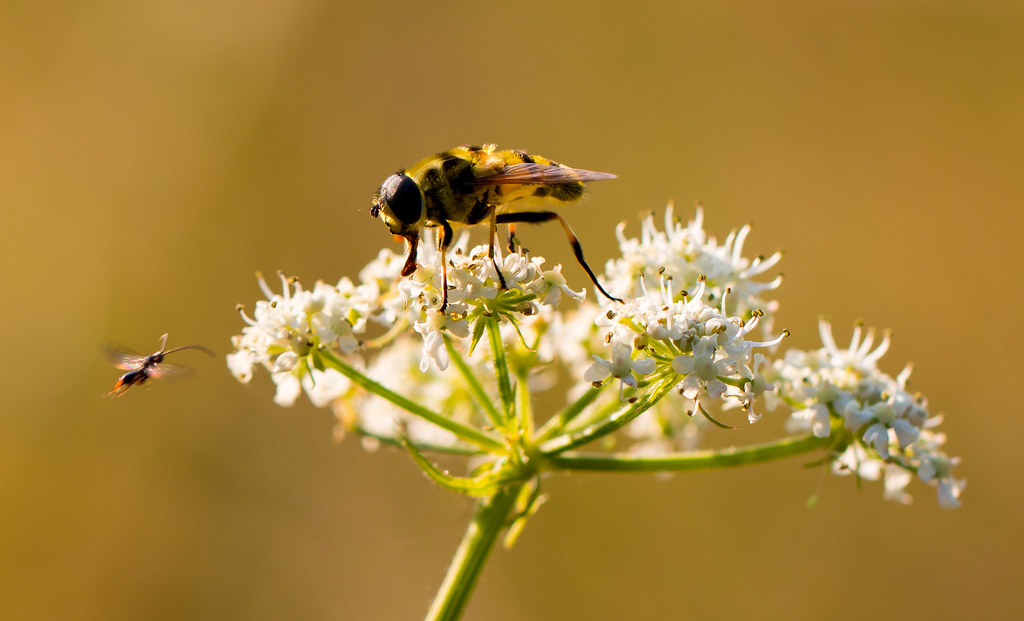Didnt know about this thread
i think this is the area im most interested in
Have you pros got any tips for getting better?
Here are mine
All on Manual
100mm L
no flash
No tripod
400D

Watch by Al4x, on Flickr
^absolute minimum distance to target on the 100mm macro there, i was aiming for the 40
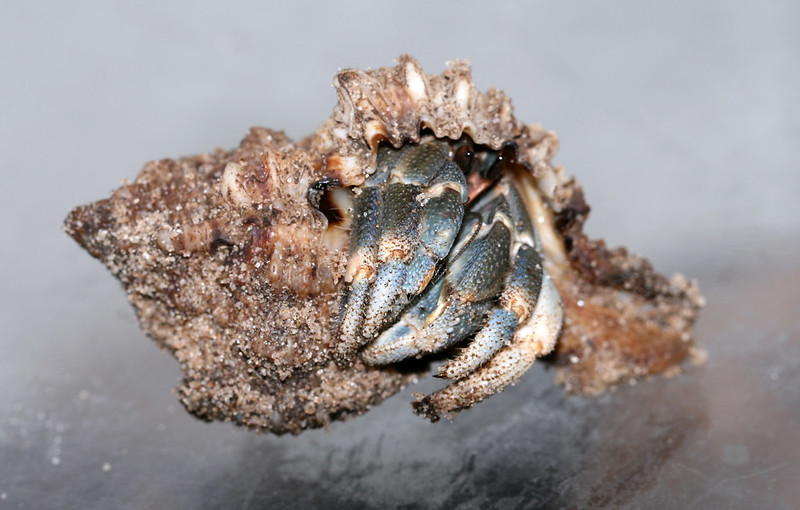
Hermit by Al4x, on Flickr

Honey and Bumble by Al4x, on Flickr
^ this was a opportunity for probably 2 seconds, the honey bee on the left is already leaving after seeing the bumble! I didnt think i got it
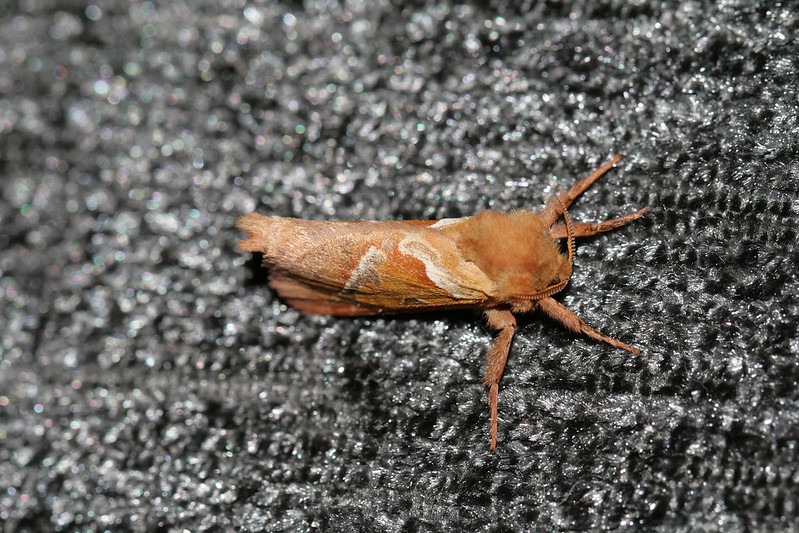
Orange Swift by Al4x, on Flickr
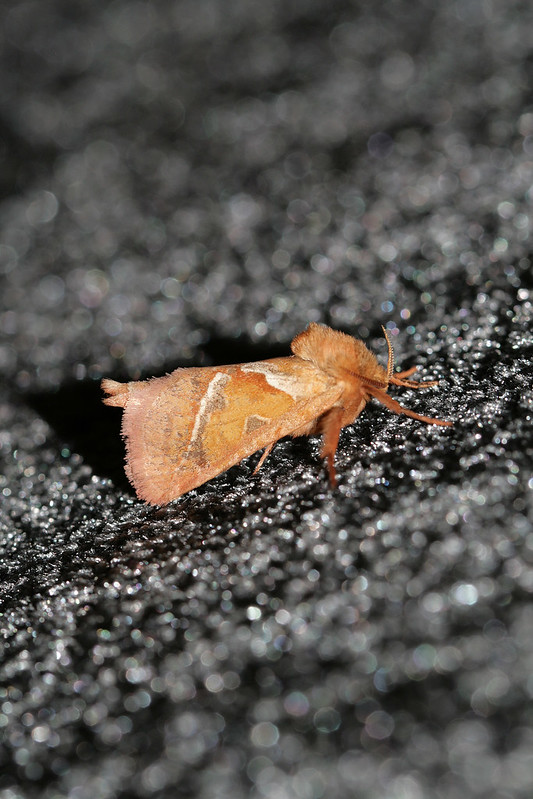
Orange Swift 2 by Al4x, on Flickr
i think this is the area im most interested in
Have you pros got any tips for getting better?
Here are mine
All on Manual
100mm L
no flash
No tripod
400D

Watch by Al4x, on Flickr
^absolute minimum distance to target on the 100mm macro there, i was aiming for the 40

Hermit by Al4x, on Flickr

Honey and Bumble by Al4x, on Flickr
^ this was a opportunity for probably 2 seconds, the honey bee on the left is already leaving after seeing the bumble! I didnt think i got it

Orange Swift by Al4x, on Flickr

Orange Swift 2 by Al4x, on Flickr


